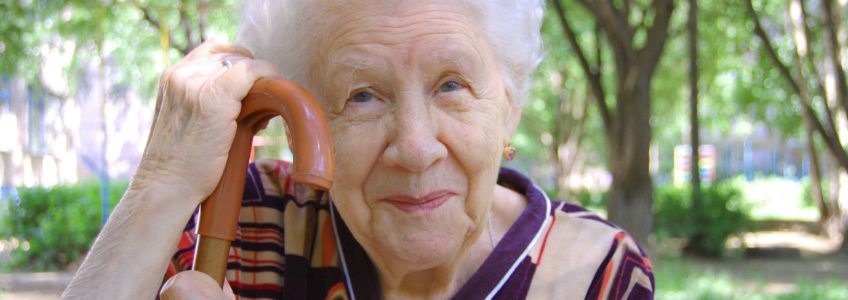
Julie’s elderly mom, Dolores, often complained of pain in her lower back. Sometimes it was so bad that she had difficulty doing her normal daily activities. Eventually, Dolores stopped doing certain things because she worried it would make her back pain worse. She no longer vacuumed her house for fear that lugging the heavy vacuum would cause her pain. She also avoided some of the physical activities she used to love, like her senior exercise class. Julie noticed the decline in her mom’s activity and made a doctor appointment for her. Both of them were surprised to learn that the pain wasn’t coming from Dolores’s back. Instead, it was sacroiliac joint pain or sacroiliitis.
If your older family member is complaining of low back pain, you may want to talk to their doctor about the possibility of sacroiliac joint pain. Knowing more about the condition could also help you to determine if it’s the cause of the problem.
What is Sacroiliitis?
The sacroiliac joint is located in the pelvic area where the lower part of the spine and the pelvis meet. There are actually two sacroiliac joints, one on either side of the spine. Sacroiliitis occurs when one or both of those joints become inflamed.
Sacroiliitis is sometimes hard to identify since it can be mistaken for other conditions that cause lower back pain. Diagnosing the condition typically involves the doctor pressing on the hips and buttocks and moving the legs to determine where the pain is. Imaging, such as x-rays or an MRI, may also be used.
What Causes Sacroiliitis?
There are several things that can cause sacroiliitis in your older family members.
Some of them are:
Arthritis: There are two types of arthritis that often affect the sacroiliac joints: osteoarthritis and ankylosing spondylitis.
Injury: Sudden impact can damage the joints, causing inflammation. If your older family member has fallen or been in an accident, they could develop sacroiliitis.
Infection: Though it rarely happens, the joints can sometimes become infected.
What Are the Symptoms of Sacroiliitis?
The pain of sacroiliitis can be different from one person to the next. Some people experience sharp pain and others feel a dull pain. The pain may start in the sacroiliac joint, but it can then move to other parts of the body, like the thighs, groin, upper back, and buttocks. Standing up can bring the pain on. Your aging relative may only feel it on one side or on both. Sometimes the pain is worse in the morning, getting better as the day goes on.
If your older family member suffers from sacroiliac pain, a home care provider can help to ease the pain. One thing that may help is using heat or cold. A home care provider can prepare a cold pack or help the senior to get situated with a heating pad. Home care providers can also allow the older adult to rest, allowing the joint to heal, while they take care of household tasks, including cleaning, cooking, laundry, and more.
If you or someone you know needs hiring a Caregiver in St. Cloud, MN, contact Adara Home Health Care. We provide quality and affordable home care services for many fragile or senior members in the communities we serve.
Call us at (888) 660-5772 for more information.
Sources

